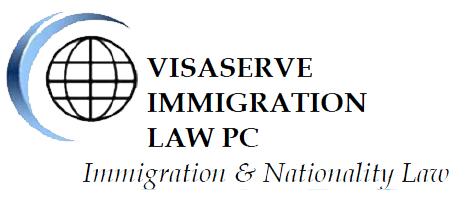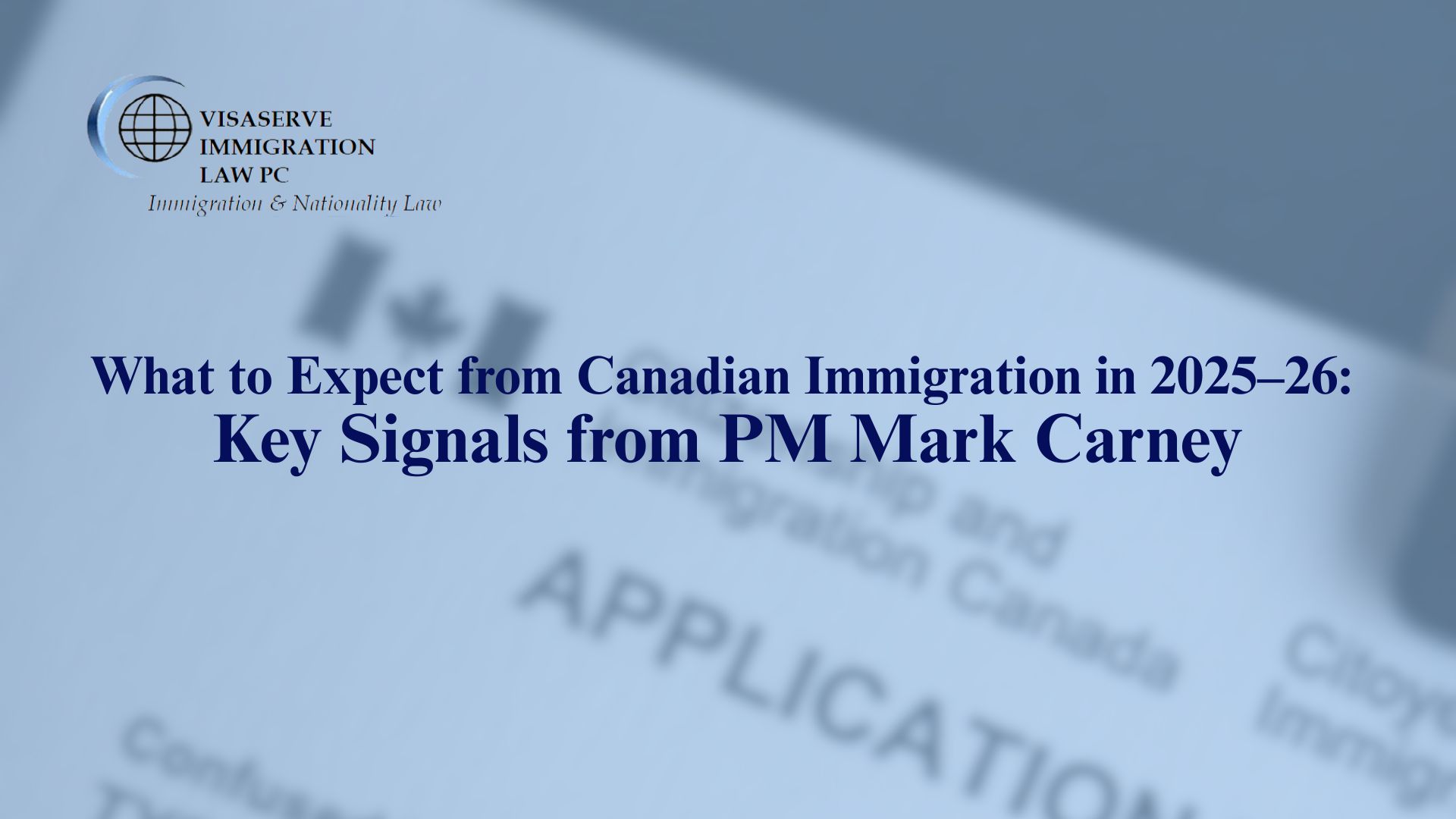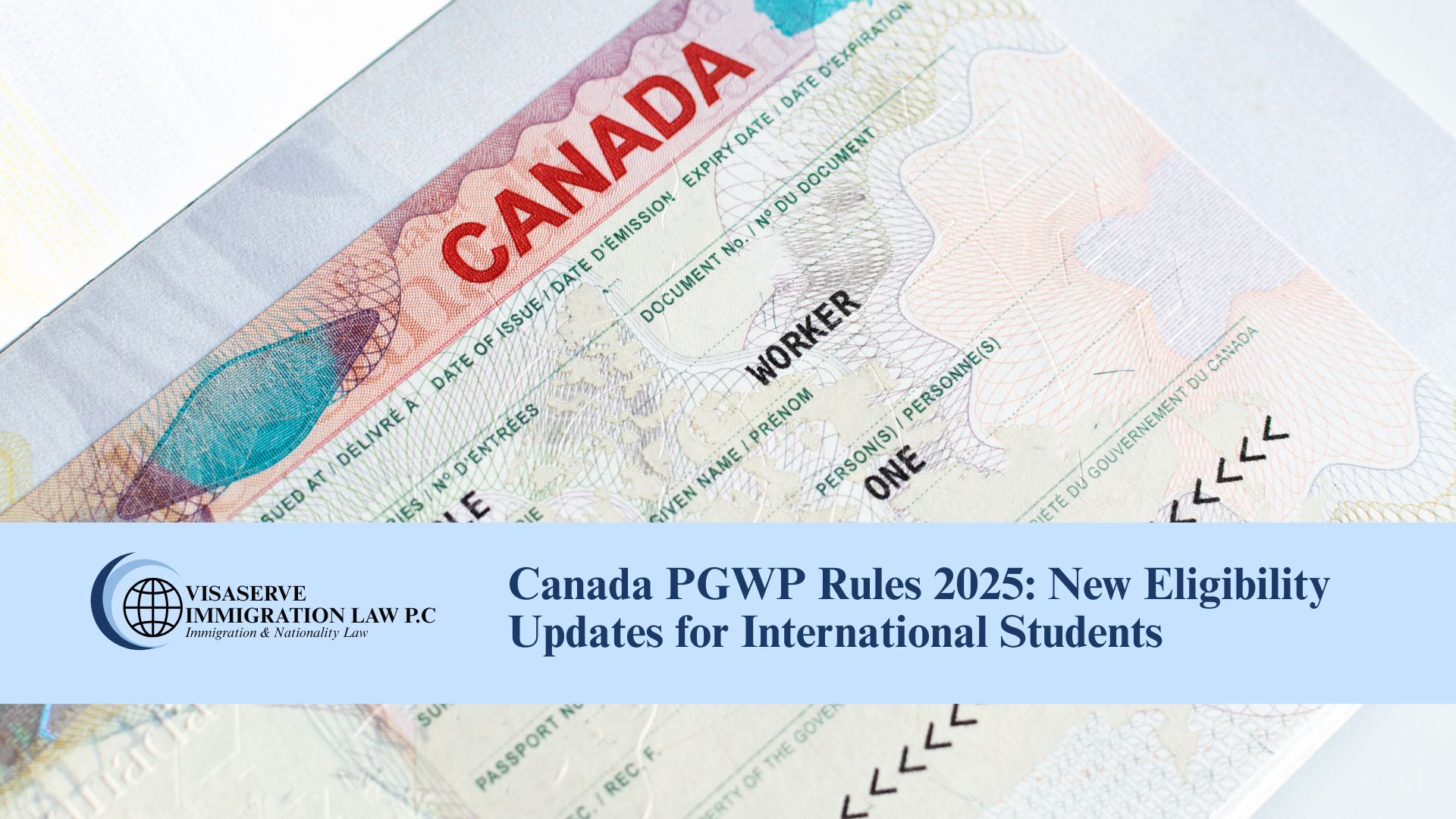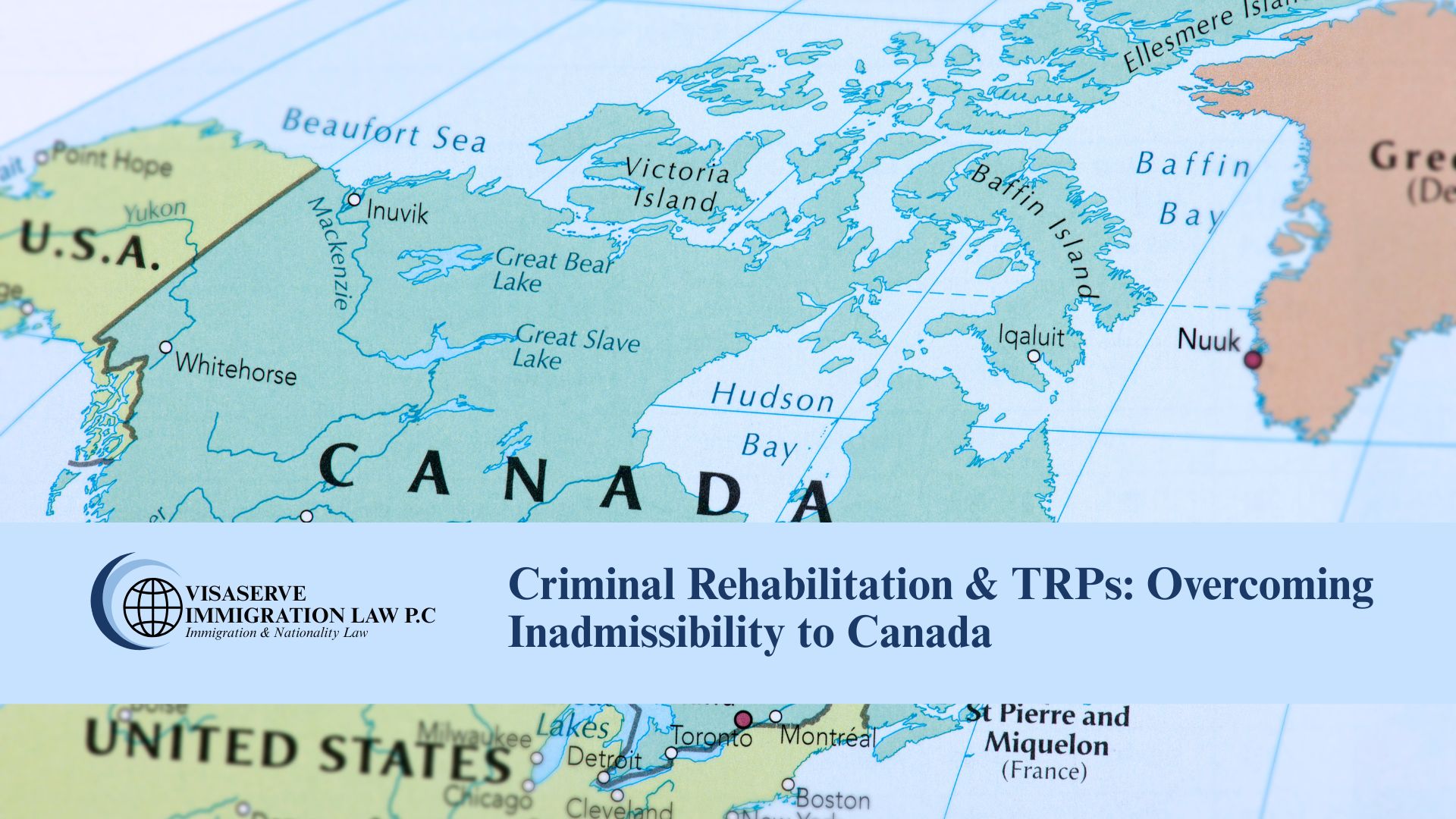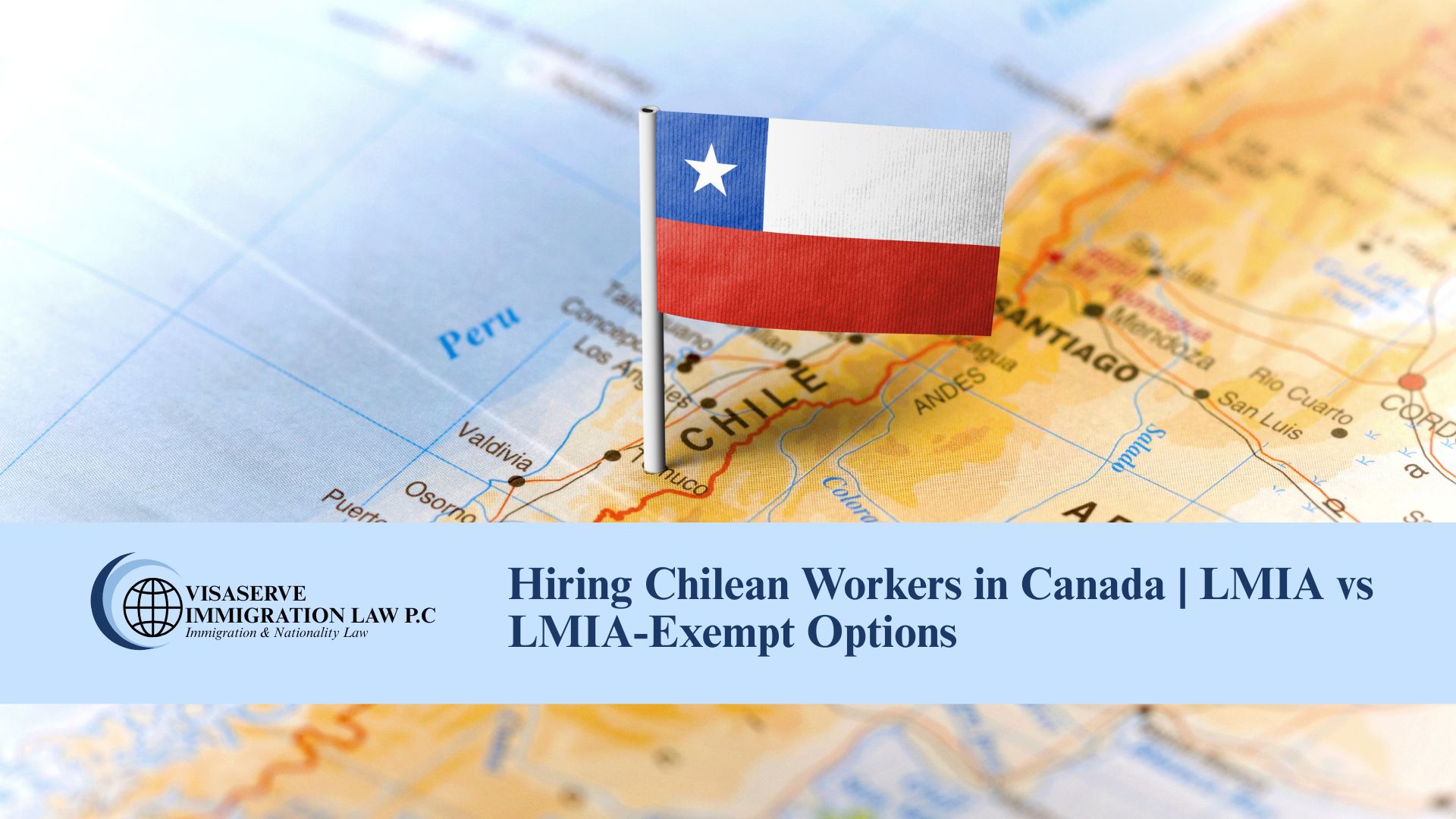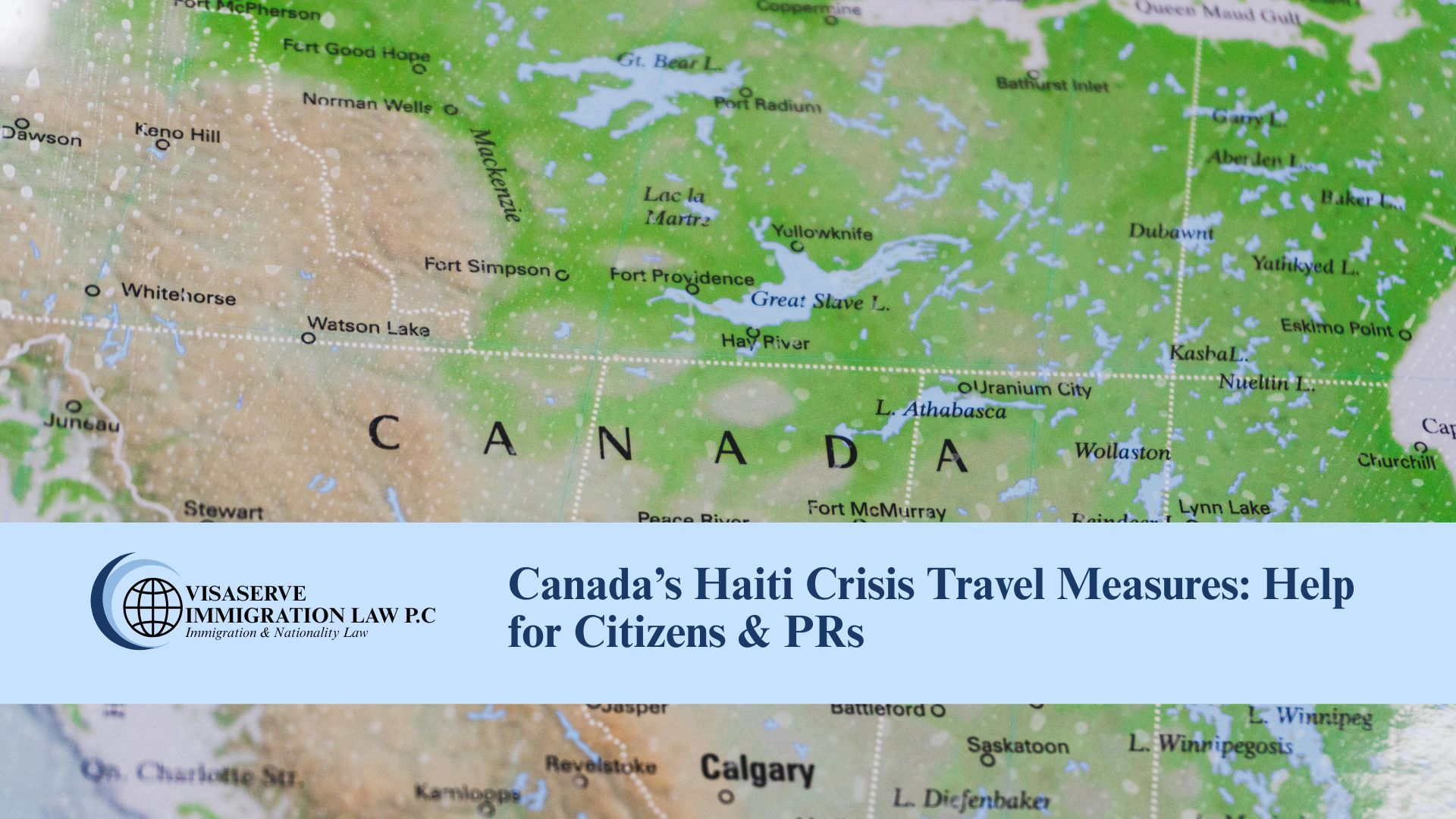In a powerful message to his Cabinet and Canadians, Prime Minister Mark Carney has outlined a new era of federal leadership—one that acknowledges Canada’s economic, security, and demographic challenges with urgency and ambition. Among his seven core national priorities is a recalibrated approach to immigration. For anyone navigating the Canadian immigration system—whether individuals, families, or businesses—this moment marks the beginning of notable change.
So what can we expect from Canadian immigration in 2025–26? Based on the Prime Minister’s letter, here are five major themes shaping the road ahead:
1. Immigration Will Focus on Attracting Global Talent
Canada remains committed to drawing top talent from around the world. As Carney writes, the country must “[attract] the best talent in the world to help build our economy.” This indicates ongoing support for immigration streams like:
-
Express Entry and Provincial Nominee Programs (PNPs)
-
Global Talent Stream (GTS)
-
CUSMA and other work mobility programs
We anticipate continued demand for highly skilled professionals in tech, infrastructure, and the trades—particularly in areas supported by artificial intelligence, clean energy, and construction.
2. Overall Immigration Levels Will Be Reevaluated for Sustainability
While talent attraction remains a goal, Carney also emphasizes the need to “return our overall immigration rates to sustainable levels.” This is a subtle but significant shift from the last few years, where record-high immigration targets were seen as essential to post-pandemic recovery.
What this could mean:
-
Stricter selection under economic immigration categories
-
More cautious intake of temporary foreign workers and international students
-
Possible cap or phased approach to certain PR programs
This shift aims to balance Canada’s labour market needs with public concerns around affordability, infrastructure capacity, and social cohesion.
3. Border and Security Enforcement Will Be Strengthened
The Prime Minister calls for “securing our borders and our communities” as part of his mandate. Expect to see:
-
Increased screening and enforcement at ports of entry
-
Expanded biometrics and digital border management tools
-
Tighter scrutiny on inadmissibility (criminality, health grounds, etc.)
This aligns with ongoing efforts to modernize CBSA infrastructure and digital processing systems, which are expected to leverage AI and automation in the coming year.
4. Immigration and Labour Strategy Will Be Tied to Infrastructure and Skilled Trades
With a generational infrastructure build on the horizon—including in energy, housing, and transportation—Canada’s immigration policy will likely prioritize skilled workers in:
-
Construction and trades
-
Clean energy
-
AI and digital infrastructure
-
Supply chain and logistics
Applicants with credentials and work experience in these fields may see faster processing or new pilot programs launched in partnership with provinces and employers.
5. Immigration Will Remain Rooted in Canadian Values
Despite strategic recalibrations, the government reaffirms its commitment to Canada’s core identity: a country that “celebrates our diversity, cares for the most vulnerable, and strives for a better future for all.” This means that:
-
Humanitarian and compassionate programs will remain in place
-
Family reunification and refugee protection will continue to be integral
-
The government will pursue equitable access and anti-discrimination initiatives in immigration services
Final Thoughts: A Balanced Future
The new direction of Canadian immigration under Prime Minister Carney is not about pulling back—it’s about focusing smarter. In an age of geopolitical uncertainty and domestic affordability concerns, the 2025–26 immigration policy will aim to deliver outcomes that benefit both newcomers and Canadians alike.
Whether you are seeking permanent residency, a work permit, or sponsoring a family member, understanding these policy shifts early can help you plan more effectively.
At Visaserve Immigration Law P.C., we are here to guide you through each step—backed by the latest insight and a commitment to personalized legal support.
